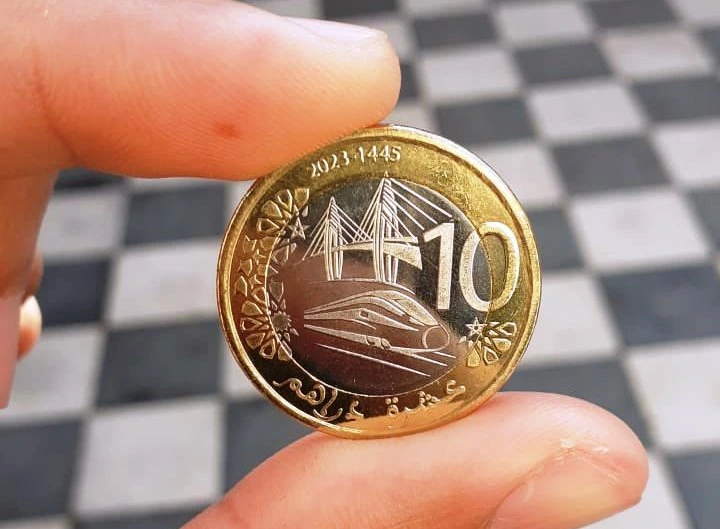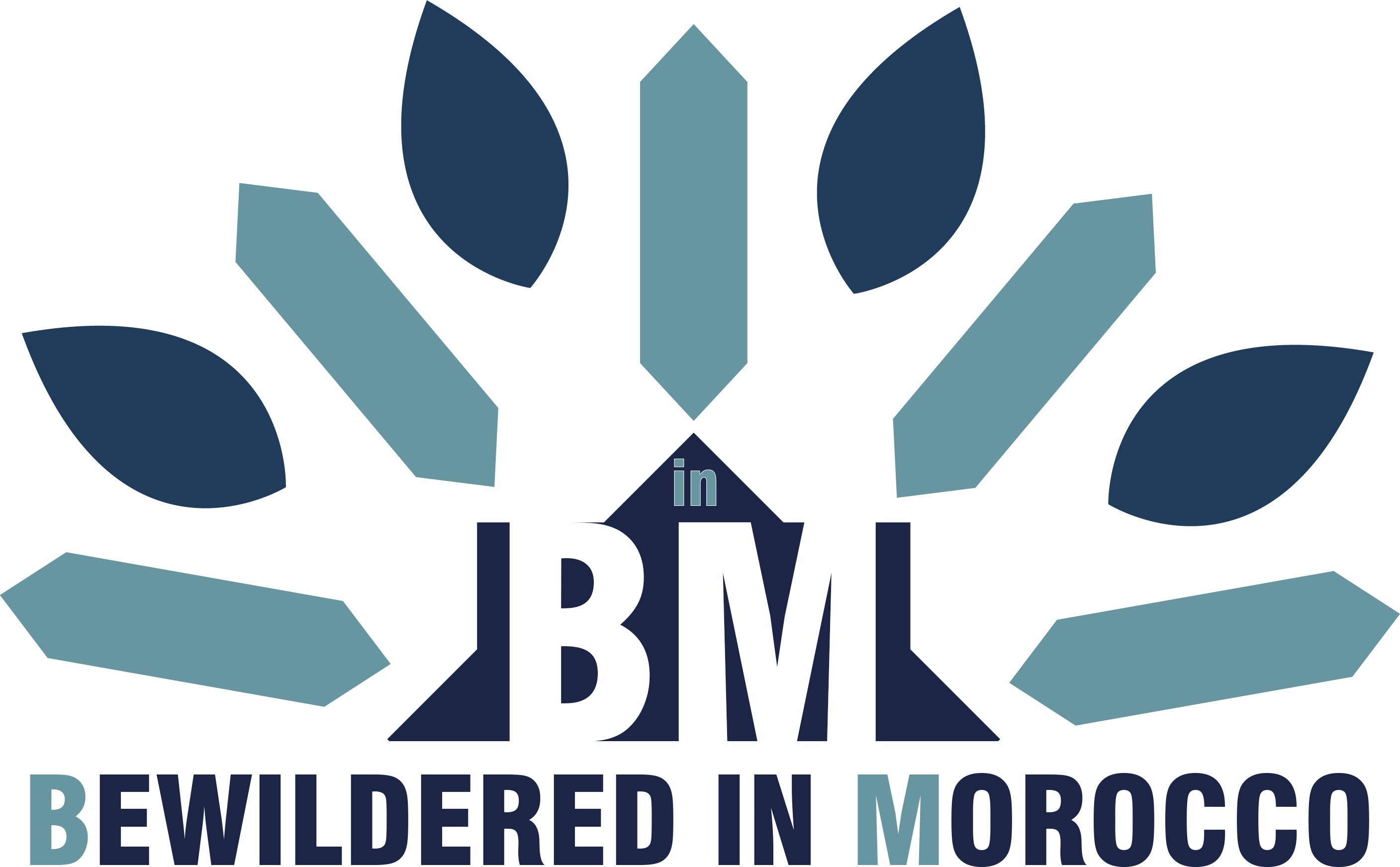Ah, Marrakech! Just saying the name brings to mind vibrant colors, bustling souks, and the wonderful smell of spices floating through the air. I've spent countless hours wandering these streets, and let me tell you a secret - some of the best food experiences in this city don't cost much at all!
Today, I'm taking you on a special journey - my Marrakech budget food adventure where I challenged myself to find amazing local meals for just 10 Moroccan dirhams. That's roughly €1! Is it possible? Can you really eat like royalty on such a small budget in this tourist hotspot?
The answer is a big, happy YES! And I'm going to show you exactly where to go.
My 10 Dirham Challenge

One bright morning, with the sun warming the red city walls and Moroccan flags waving in the breeze, I set out with just a single 10 dirham coin in my pocket. My mission was clear: find three incredible food spots where this small amount would buy not just a snack, but a real taste of Morocco.
I remember thinking how impossible this seemed at first. After all, even in Morocco, prices in tourist areas can add up quickly. But I've lived here long enough to know that where locals eat, true value (and authentic flavors) can be found.
So let's dive into the narrow alleyways away from the main squares, where the real Marrakech budget food scene comes alive!
Stop 1: The Comforting Classic - Loubia (Bean Stew)
Finding Comfort in a Bowl
My first discovery took me down a narrow alleyway where few tourists venture. Here, a small local eatery specializes in what might be Morocco's most beloved everyday dish: loubia. This hearty white bean stew is something I've grown to love during my time here - it's the ultimate Moroccan comfort food.
The friendly vendor, who now greets me by name whenever I pass by, ladled a generous portion into a traditional metal bowl. The cost? Just 9 dirhams! I added a small glass of sweet Moroccan mint tea for 1 dirham, and there it was - a complete meal for exactly 10 dirhams.
Eating Like a Local
"This is how we eat it," the vendor told me when I first visited, handing me a piece of fresh bread (khobz). I watched as regulars around me tore pieces of bread and used them to scoop up the beans.
You can do it two ways: either scoop the loubia directly, letting the bread soak up the delicious sauce, or create what I call a "loubia sandwich" by hollowing out a piece of bread and filling it with the stew. This second method is perfect if you're on the go!
The loubia itself is rich with flavors - tomatoes, garlic, cumin, and other spices slow-cooked until the beans are tender. It's simple yet incredibly satisfying - the kind of dish that makes you understand why it's a staple in so many Moroccan homes.
Price Check: Loubia (9 Dhs) + Tea (1 Dh) = 10 Dirhams ✓
Stop 2: The Savory Surprise - Fish Kefta & Lentils
A Twist on Tradition
After finishing my loubia, I headed to my second stop, excited about what I'd heard was waiting there. Most visitors to Morocco quickly become familiar with kefta - the popular minced meat dish usually made with beef or lamb. But this place offered something different: Fish Kefta.
Tucked away in another busy local eatery, I found the grill sizzling with these unique seafood creations. For my 10 dirhams, I received an impressive meal: a serving of flavorful lentils (l'aades), four pieces of freshly grilled Fish Kefta, and of course, the ever-present bread to bring it all together.
A Seafood Innovation
"Bismillah!" I said before taking my first bite - a respectful tradition I've adopted from my Moroccan friends. The fish kefta had the familiar texture and spiced aroma of traditional kefta, but with the distinct, savory taste of fish. It was truly a clever combination - hearty, healthy, and surprisingly delicious.
What struck me most was the freshness. In a city that's nowhere near the coast, finding such fresh-tasting seafood at this price was remarkable. This isn't just food; it's a creative culinary solution born from using local ingredients wisely.
The lentils complemented the fish perfectly - earthy and filling, making sure this meal would keep me satisfied for hours of exploring the medina afterward.
Price Check: Fish Kefta (4 pcs) + Lentils + Bread = 10 Dirhams ✓
Stop 3: Sweet Finale & Saharan Coffee Ritual
Pastry Paradise
No Moroccan food adventure would be complete without something sweet, right? Following the sounds of animated conversation and the scent of honey and almonds, I found myself at a small pâtisserie overflowing with traditional Moroccan sweets.
The vendor, perhaps in a particularly generous mood (or maybe because he saw me writing notes for my blog!), assembled an impressive plate for the symbolic 10 dirhams. While I admit this might have been special treatment, it showcased the incredible variety of Moroccan pastries available:
- Golden Briouates: Crisp pastry triangles filled with almond paste
- Sticky Baklava: Layers of phyllo dough with honey and nuts
- Kaab Ghzal (gazelle horns): Crescent-shaped cookies with almond filling
- Crumbly Ghriba: Moroccan shortbread cookies
- Nutty Fekkas: Similar to biscotti, perfect for dipping
- Chebakia: The honey-drenched, sesame-coated pastry that's especially popular during Ramadan
Even if you can't get the whole assortment for 10 dirhams like I did that lucky day, you can certainly enjoy 2-3 pieces of these delights within our budget. The chebakia alone, as my Moroccan neighbor once told me, "is what half of Morocco grew up on!"
Saharan Coffee Ritual
To complete my 10 dirham feast, I sought out something I'd heard whispers about but had never tried: authentic Saharan-style coffee. Near the edge of the medina, I found a vendor performing what looked more like a magic show than coffee preparation.
Instead of brewing over a flame, he was making coffee in hot sand! The sand, which he proudly explained comes from Merzouga in the Sahara Desert, reaches temperatures between 80°C and 90°C. According to the vendor, this precise heat creates the perfect, "zero bubble, creamy" coffee.
I watched, fascinated, as he expertly swirled a small metal pot in the hot sand, then mixed the coffee with a blend of six aromatic spices, including turmeric (curcuma). The resulting brew was unlike any coffee I'd tasted before - intense, fragrant, and utterly unique.
Sipping this warming, invigorating drink as the afternoon call to prayer echoed across the medina rooftops, I couldn't help but feel that this was a perfect end to my budget food adventure.
Price Check: Pastry Selection + Saharan Coffee = Approximately 10 Dirhams ✓
The Verdict: Budget-Friendly Feasting Is Real!
So, is it truly possible to eat like royalty in Marrakech for just 10 dirhams (€1)? Absolutely! This journey proved that with a little local knowledge, you can enjoy incredible, authentic, and diverse food experiences without emptying your wallet.
From hearty bean stews and innovative fish kefta to sweet pastries and unique Saharan coffee, Marrakech's streets are packed with affordable culinary treasures just waiting to be discovered.
Practical Tips for Budget Food Explorers
After many similar adventures, here are my tried-and-tested tips for finding the best Marrakech budget food:
- Follow the locals: If you see a place packed with Moroccans, the food is likely both good and reasonably priced.
- Venture beyond the main squares: The further you go from Jemaa el-Fnaa, the lower the prices usually become.
- Learn a few basic Arabic food words: Even simple terms like "shukran" (thank you) and "kam?" (how much?) can help immensely.
- Bring small change: Many small vendors don't appreciate breaking large bills, so having exact change is appreciated.
- Embrace the bread: Fresh khobz is served with almost everything and helps make small portions more filling.
- Don't be afraid of street food: Some of the best meals in Morocco come from humble street vendors. Just look for places with high turnover.
- Time your visits: Many places offer better deals during off-peak hours.
Where to Find These Budget Gems
While I always encourage exploration and finding your own hidden gems, here are some general areas where budget-friendly eateries tend to cluster:
- Bab Doukkala area: Many small family-run eateries serving traditional dishes
- Rue Fatima Zahra: A street known for affordable local restaurants
- Mellah (old Jewish quarter): Still less touristy with authentic, inexpensive options
- Small streets off Rue Riad Zitoun el Kedim: Home to many local food vendors
Remember, the best places rarely have fancy signs or English menus - those are actually good signs you've found somewhere authentic!
Cultural Context: Understanding Morocco's Food Traditions
What makes these budget meals so special isn't just the price - it's how they connect you to centuries of Moroccan food traditions.
Dishes like loubia have been sustaining Moroccans for generations. The bean stew has its roots in Berber cuisine, adapted over time with Arabic influences. Its popularity stems not just from being affordable but from being nutritious and adaptable to seasonal ingredients.
The fish kefta represents Morocco's innovative culinary spirit. With coastlines on both the Mediterranean and Atlantic, seafood has always been important here, but traditionally less so in inland cities like Marrakech. These fish kefta show how Moroccans creatively adapt coastal influences to inland realities.
And those sweet pastries? Many trace back to Andalusian traditions, brought to Morocco when Muslims and Jews fled Spain centuries ago. Each bite connects you to this rich history of cultural exchange.
Connect With Fellow Budget Food Explorers
Have you found your own 10 dirham treasures in Marrakech? I'd love to hear about your discoveries! Share your experiences in the comments below, or tag your Marrakech budget food finds on Instagram with #BewilderedInMorocco for a chance to be featured in my monthly roundup.
And if you try any of these spots, let me know what you thought! The vendors always ask me about my "internet friends" who visit after reading my recommendations.
Frequently Asked Questions About Budget Eating in Marrakech
Generally yes, if you follow some simple rules: eat where locals eat, choose vendors with high turnover, and make sure food is served hot and fresh. I've eaten street food countless times and rarely had any issues.
At very casual places where meals cost 10-20 dirhams, tipping isn't expected, though rounding up the bill is always appreciated. For slightly more formal budget restaurants, 5-10% is generous.
Absolutely! Dishes like loubia (bean stew), bisara (broad bean soup), and lentil tajines are delicious, filling vegetarian options that usually cost between 7-15 dirhams.
